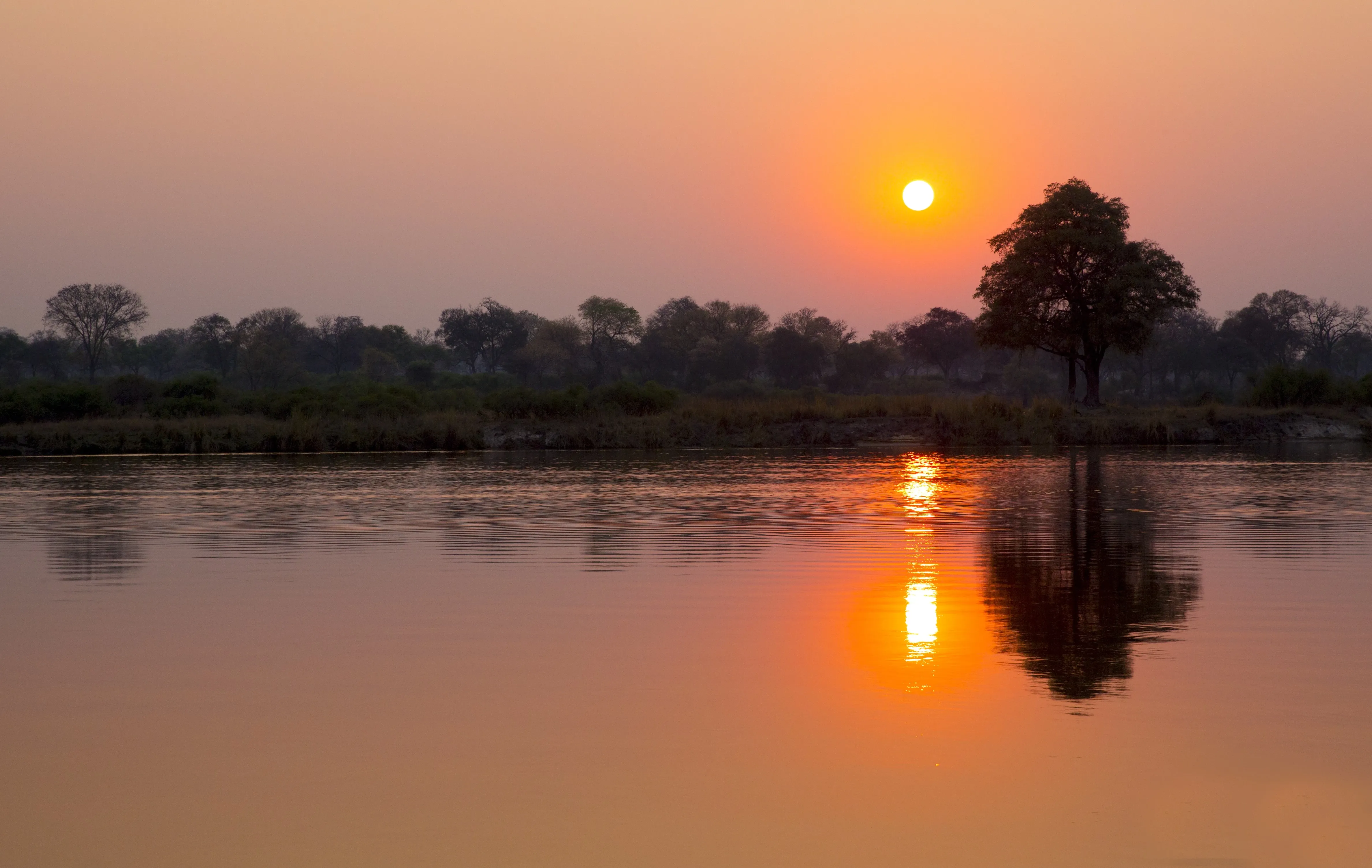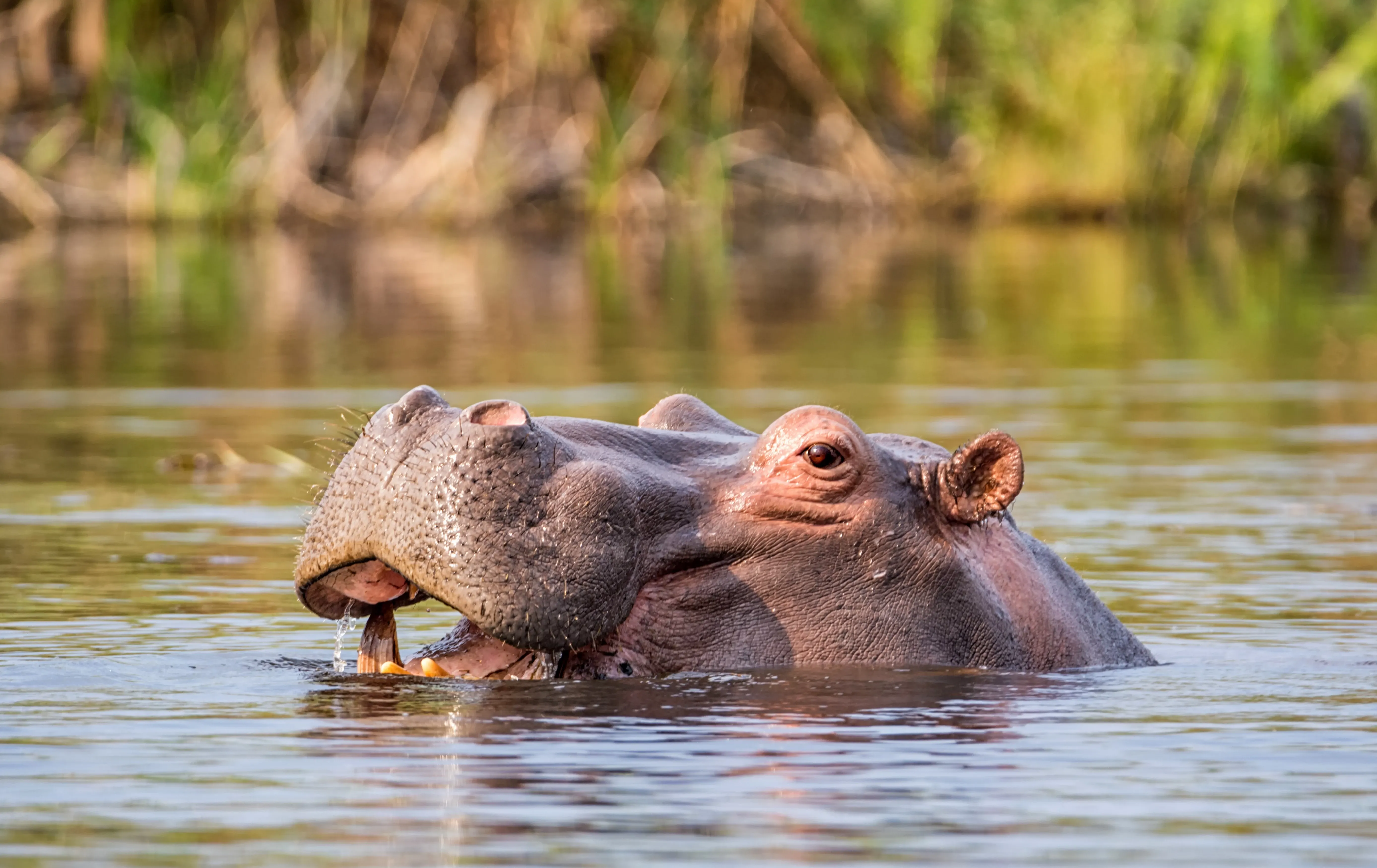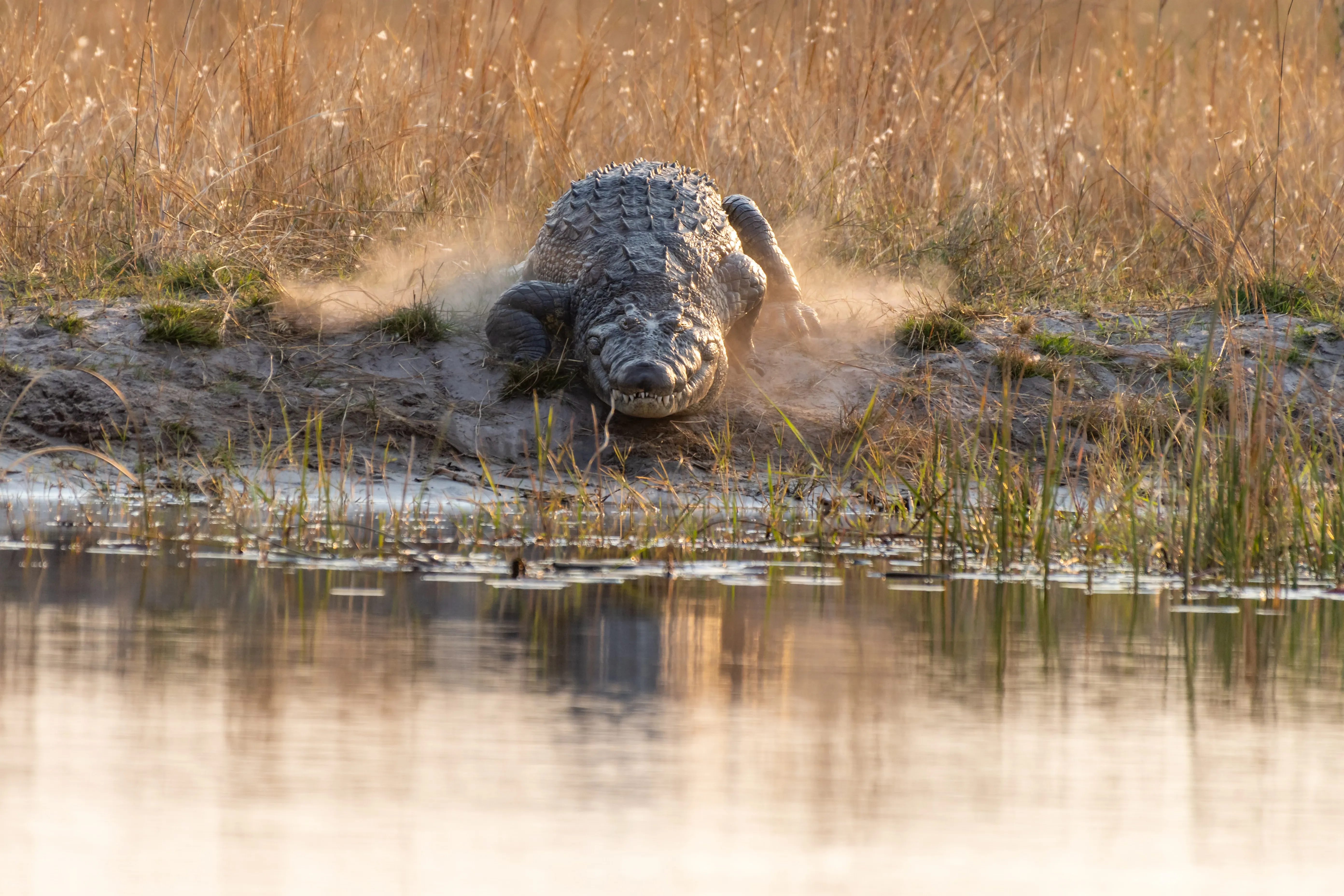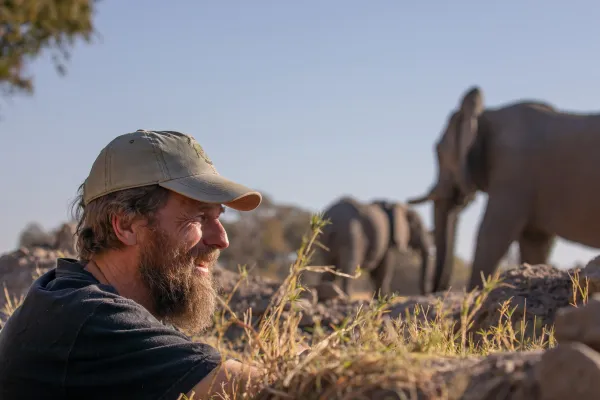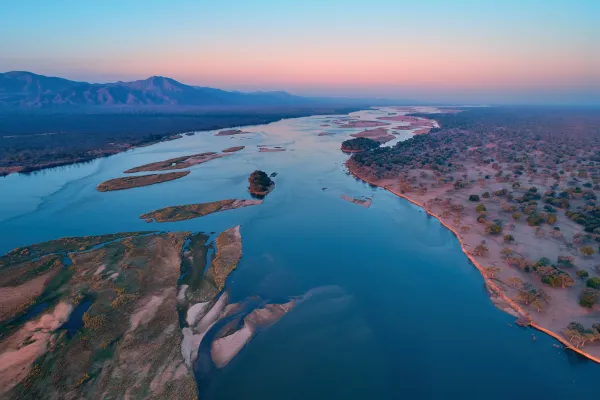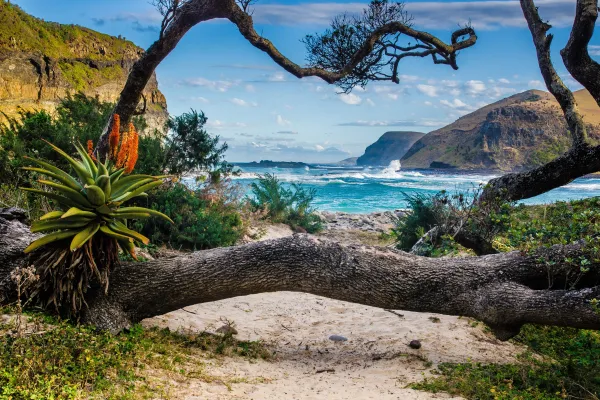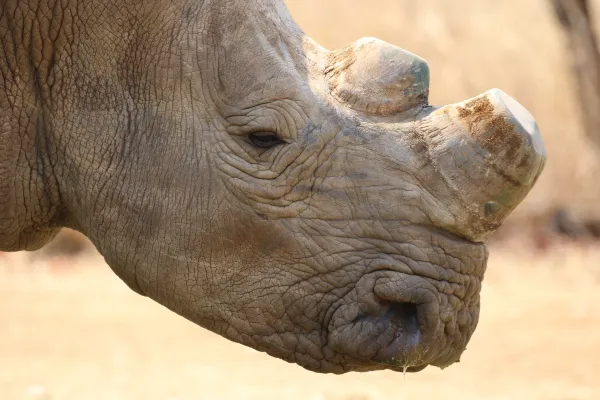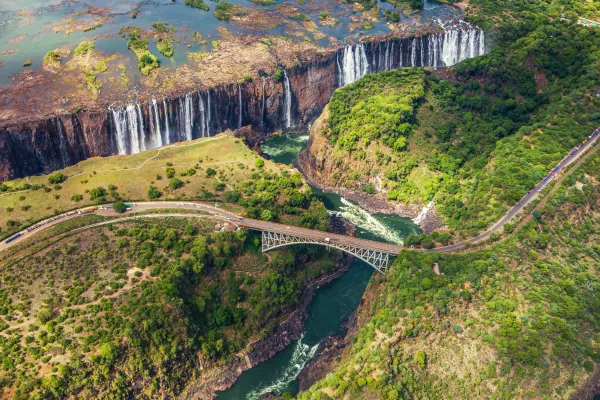A voice from the wilderness: Schuckmannsburg
Between 1884 and 1914, present day Namibia was annexed by the German Colonial Office and known as German Southwest Africa. It was an era of grand colonial expansion in Africa, with a proposed pan-African railway line being constructed by the British.
The railway would cross the imposing Zambezi River at Victoria Falls and serve as an ambitious trade route between Cape Town and Cairo. More about this fascinating story to follow.
Birth of the Caprivi Strip
As a result of this activity, the then German Chancellor Leo von Caprivi claimed a long thin sliver of land in order to establish territory as close to the Zambezi River and Victoria Falls as possible.
At about 400 kilometres long and only some 30 kilometres wide, the region, as wild and remote as they would come in those days, was proclaimed the Caprivi Strip.

Establishment of Schuckmannsburg
A small administrative outpost called Schuckmannsburg, named after the Colonial Governor Bruno von Schuckmann, was established deep into the Caprivi on the Zambezi in 1904.
With searing heat, relentless flooding and endemic malaria, Schuckmannsburg was in all probability a rather foreboding and unpleasant place to live.
Just why the centre was not located on the eastern tip of the Caprivi is anyone’s guess, probably was because of the British town of Mwandi, a short distance to the north in Northern Rhodesia (present day Zambia) which had a relatively established infrastructure.
Whether or not von Caprivi was aware that the Zambezi was unnavigable to the Indian Ocean remains unclear.
From Schuckmannsburg to Luhonono
With the onset of the First World War with the impending arrival of British soldiers in the region, the sleepy outpost of Schuckmannsburg was abandoned in September 1914. It’s more than likely that this was one of the first military engagements of the War in Southern Africa and not a shot was fired.
It’s unclear how many residents there were, but with the district officer spending the war years as a personal guest of his British compatriot in Mwandi, Schuckmannsburg resumed its inglorious capacity as lonely, deserted outpost, lost in the bush.
In recent times a larger and modernised administrative capital was built at Katima Mulilo about 60 kilometres upstream, which serves as a supply centre for many safari and fishing camps on the Zambezi. In 2013, the settlement was renamed Luhonono and is now a small village.
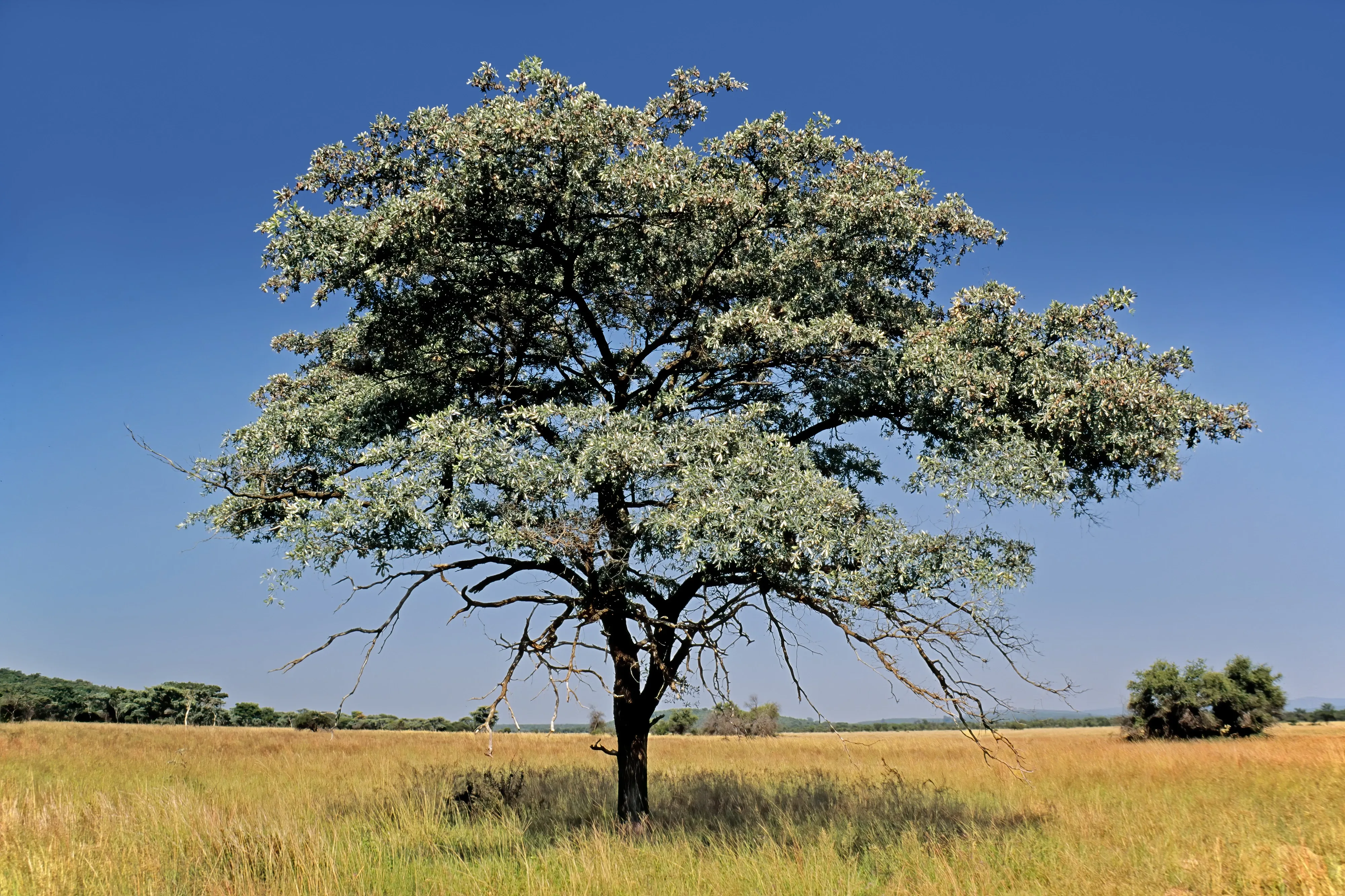
Eastern Caprivi – worth a visit
The Eastern Caprivi today is still wild and well worth a visit. I still can recall the first time I bivouacked at Schuckmannsburg in 1990 on a mobile safari from Windhoek to Botswana.
Very little remained of the original buildings but stopping in the welcome shade of huge silver cluster leaf trees (named Luhonono in the local dialects), amidst the loud and incessant sizzles of cicada beetles the story of this far off place, as well as the considerable hardships of the day, was a fascinating treat to share with my clients.
Let's safari!
Alan McSmith
Sign up for the newsletter
By clicking on “Subscribe now” I will subscribe to the Conscious Explorer newsletter with all the information about mindful travel. Information on the success measurement included in the consent, the use of the shipping service provider MailChimp, logging of the registration and your rights of revocation can be found in our privacy policy.

